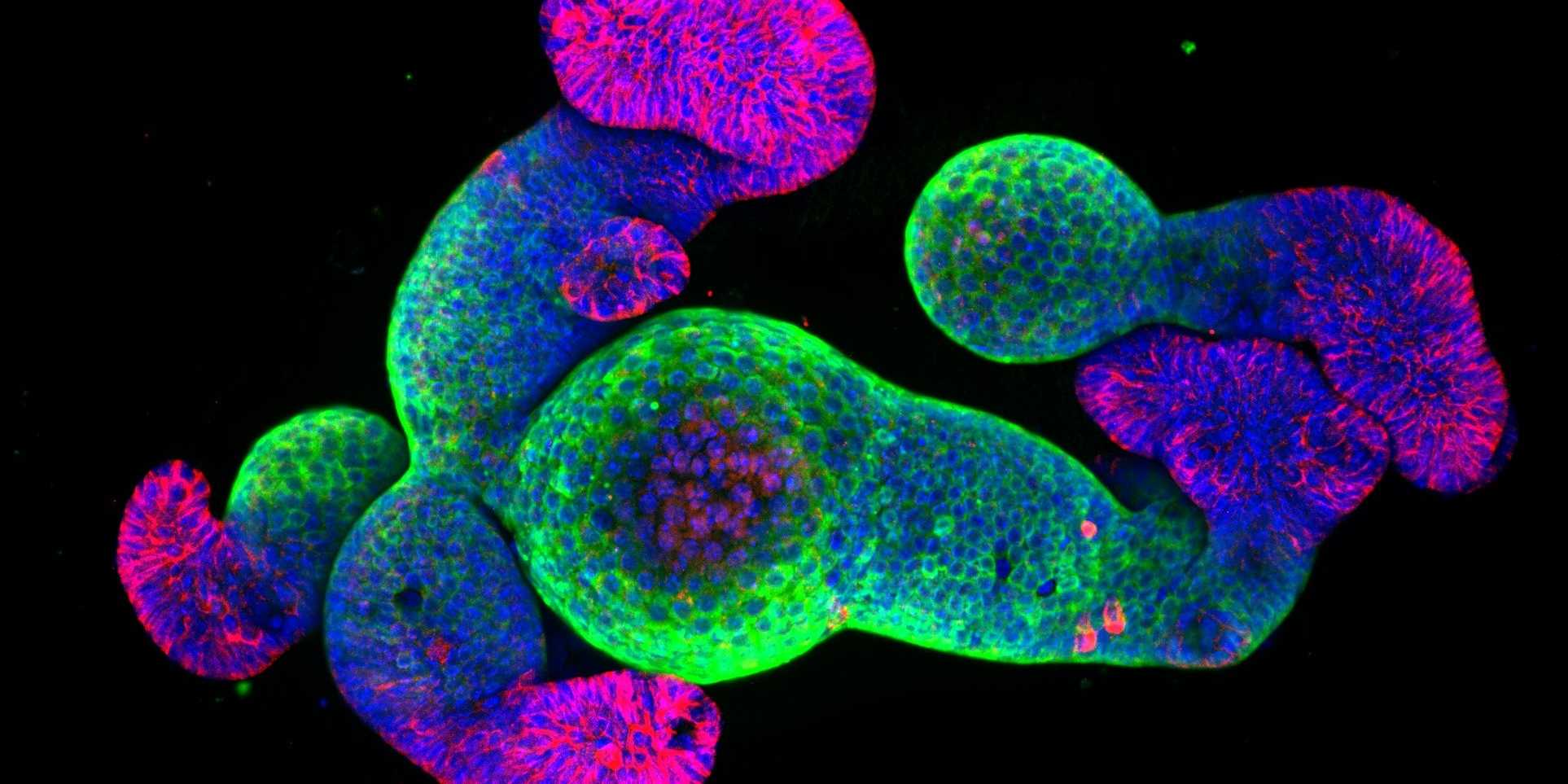SNSF Consolidator Grant for Prisca Liberali
Congratulations to Prisca Liberali, head of the Multicellular Systems Lab, on receiving the Consolidator Grant of the Swiss National Science Foundation for her research on the self-organisation of multi-cellular systems.

One of the most remarkable features of living systems is the ability of individual cells to coordinate their actions to build complex tissues and organs. Nowhere is this more striking than in the developing intestine, where thousands of cells organise into precise structures like villi and crypts. These crypts are not just architectural features — they are essential hubs where intestinal stem cells reside, continuously regenerating the lining of the gut throughout life. But how do these crypts form? How do individual cells “know” when and where to act, and how do their behaviours align to create robust, organised outcomes?
This project seeks to uncover the principles that govern tissue-scale coordination during crypt morphogenesis, using a combination of advanced imaging, genetic tools, and organoid models. While we know that factors like mechanical forces, morphogen signals, and metabolism influence development, how these cues are integrated to synchronise cell behaviours across space and time remains largely unknown.
The researchers will address three key questions:
- How synchronised is crypt formation across the tissue? We will track individual crypts forming in real time, both in organoids and live mice, to determine whether they arise through coordinated programmes or independently.
- What mechanisms align physical forces with cell fate decisions? Our preliminary data show that water absorption by neighbouring cells influences tissue bending — we will now dissect how this osmotic mechanism links to cell contractility and tissue shape.
- Can regional metabolic identities — or 'lipid territories' — help coordinate development? By mapping lipid landscapes during development, we aim to understand whether cells use metabolic states to align their behaviour with their neighbours.
At its core, this project is about understanding how multicellular systems achieve coordinated self-organisation — how individual, variable cells cooperate to produce consistent, functional structures. By integrating studies of mechanics, signalling, and metabolism, the researchers hope to define general rules for how tissues build themselves.
This knowledge will not only reshape our understanding of intestinal development but will also provide guiding principles for regenerative medicine, organoid engineering, and disease modelling, where restoring or controlling cell coordination is key.
Find information on the SNSF project external page Tissue scale coordination during crypt morphogenesis led by Prisca Liberali.
Learn about research in the external page Multicellular Systems lab led by Prisca Liberali.